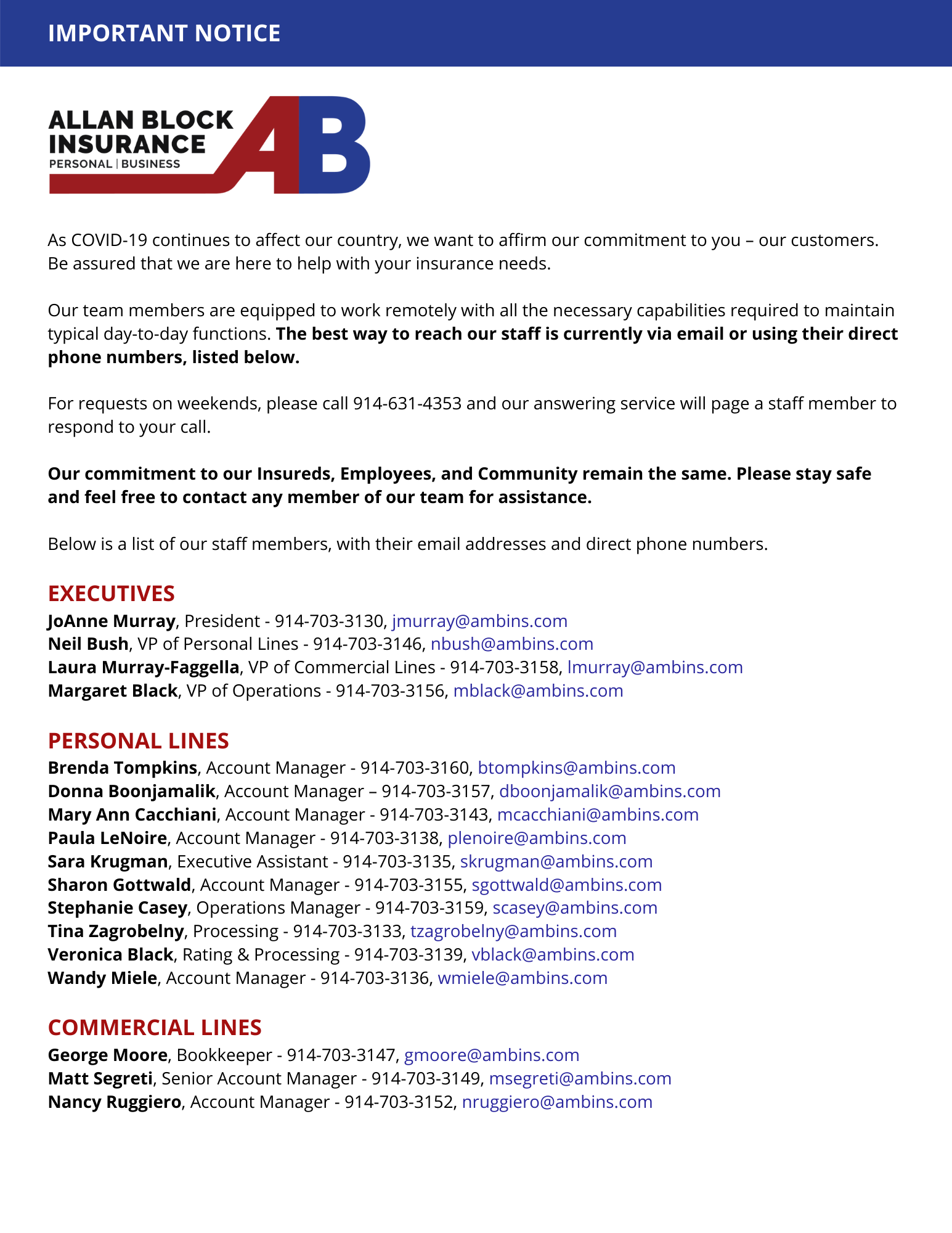Homeowners, renters and condo owners are starting to get hit by large insurance rate hikes, while more are receiving non-renewal notices from their insurers.
These increases and non-renewals come as the homeowner’s insurance market struggles with years of losses after paying out billions of dollars each year for claims resulting from changes in weather patterns, wildfires, inflation, supply chain disruptions, and a host of other factors.
Many insurers have already pulled out of California, and imposed strict underwriting rules in other states like Florida and Texas.
Reflecting the market turmoil, State Farm in May 2023 announced that it would stop accepting new policies in California, followed by Allstate a week later (although the latter had stopped accepting new policies months prior).
Both companies cited the rising cost of catastrophic claims from wildfires, higher construction costs and long waits to get their rate filings approved. To avoid this dilemma in other states, companies are increasing rates to help offset the impact of increasingly frequent claims.
Factors influencing higher rates:
Higher rebuilding costs: According to the U.S. and Canada Construction Outlook, construction material costs increased 16% in 2022, while construction labor costs rose 6.5%. The time needed to complete a project has also increased.
In turn, insurers have been increasing their replacement and repair cost estimates for homes, which has a knock-on effect on the final policy premium.
Reinsurance costs: Just like you mitigate your risks by buying insurance, your insurance company does the same by purchasing reinsurance. This coverage steps in to pay catastrophic claims, like those from wildfires, when they reach a certain level.
These reinsurers, which are international entities, have been losing money as the cost, number and scope of natural catastrophes worldwide have rapidly escalated.
More frequent natural disasters: The U.S. suffered 16 $1 billion-plus insured events in 2022, for a total estimated cost of $100 billion. The year prior, there were 20 such events, and 22 in 2020. The last three years were the top three most-expensive insured catastrophe years in history.
Wildfires: More people have found their properties are in wildfire-prone areas as the threat of such events has widened. Wildfires are burning hotter and they are burning more acreage.
Effects on policyholders
If you haven’t already, you are likely to be seeing substantially higher premiums for your homeowner’s, renter or condominium insurance when your policy comes up for renewal.
Due to the restriction in an insurance reform law enacted in 1990, insurers have only filed annual increases of no more than 6.9%. However, in the last six months, the state’s Department of Insurance has approved rate increases as high as 24.9% for some companies, as it clears its backlog.
If your insurer is raising your premiums, we’ll search the market for better rates and, if you are non-renewed, we’ll look for new coverage.



